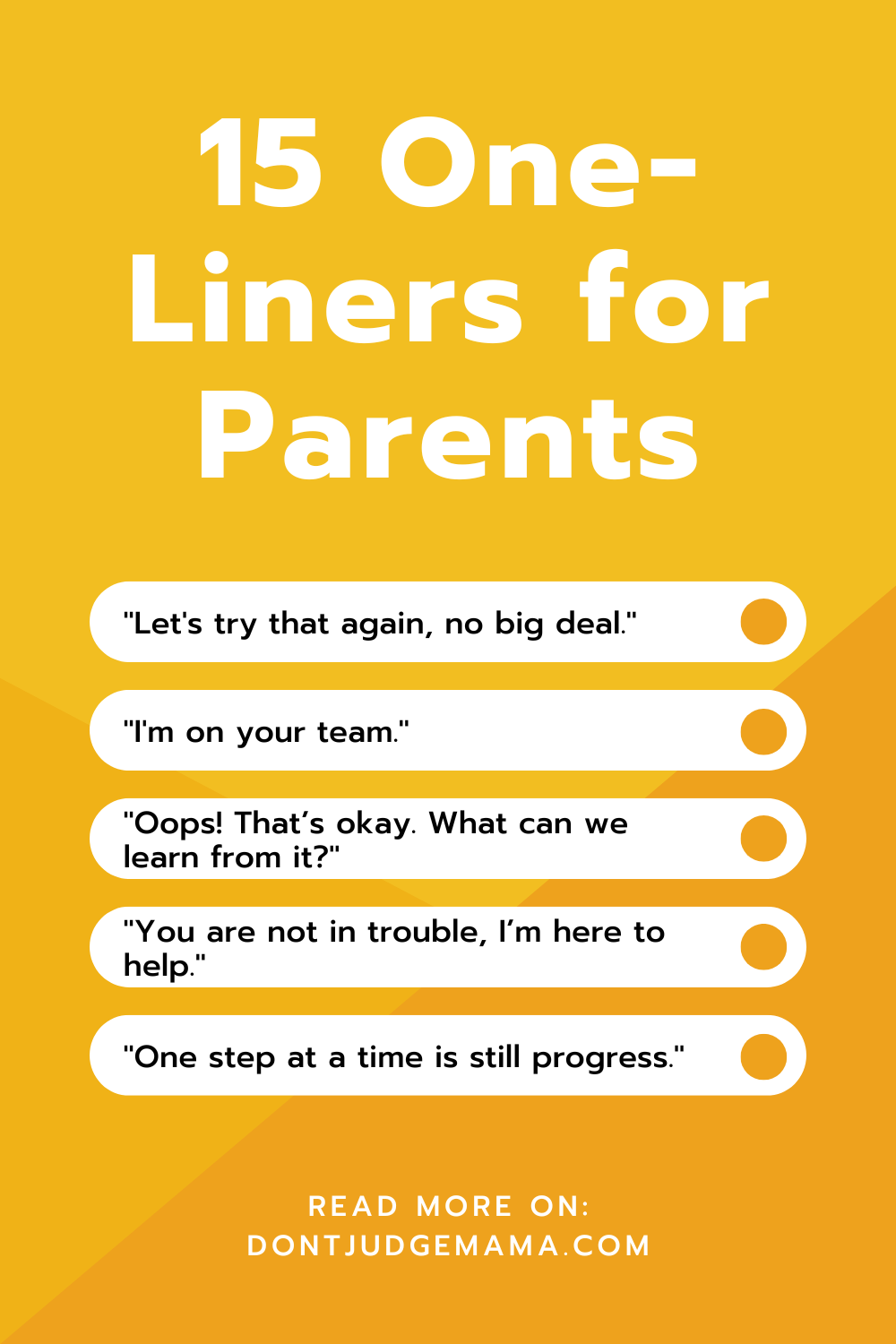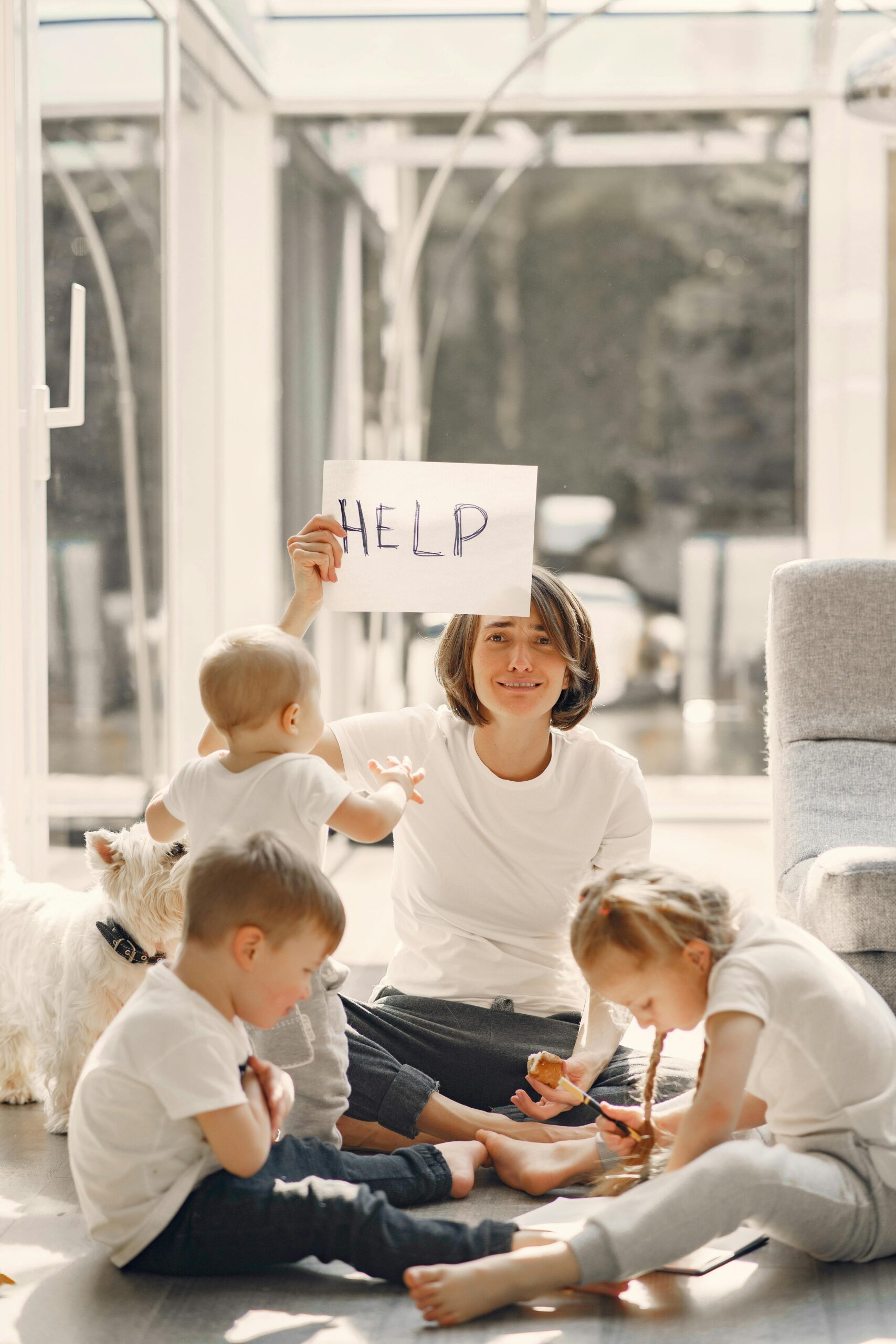The Power of ‘Please’ and ‘Thank You’: Reducing Meltdowns at Home
Long before I became a parent, I was a special education teacher. One of the first things I taught my students was to say “please” and “thank you” – literally on the FIRST day of school! Why? Because it’s a small thing that has a BIG impact on how we interact with others. I had a wall display titled “Keys to Success: Please and Thank You,” and I constantly referenced it. I also made sure to model using “please” and “thank you” throughout the day. By the time my students left my classroom after a year, they were experts at it.
How Parenting Reinforced the Value of Manners
Fast forward to becoming a parent – of course, teaching manners to my own child became important. This lesson carried over into my parenting in surprising ways. But what I didn’t realize was how much these simple words could influence the reactions of others and even prevent meltdowns.
Let me explain…
How Manners Help Manage ADHD Meltdowns
My child has ADHD and often struggles with big emotions that can lead to intense meltdowns. Preventing ADHD meltdowns starts with small, consistent strategies like teaching manners and reinforcing positive communication. From both teaching and parenting, I’ve learned that my reaction to her can either escalate or deescalate a situation. Sounds simple, right? Well, any parent of a deeply feeling child with big reactions knows it’s not always that easy. I quickly realized that my daughter’s word choice and tone could often trigger me.
For example, if she said, “Get me a drink of water,” in a rude tone, my automatic response might be, “You’re big enough to get it yourself.” And just like that, we’re in a power struggle that could spiral into an ADHD meltdown. But if she said, “Momma, I’m really thirsty. Would you please get me some water?” my response shifts to, “Sure, sweetie!” and the situation stays calm.
I think part of why it took me so long to figure this out was because I was so focused on managing the immediate behaviors that I missed the subtle but powerful impact of communication. But once I noticed how much my own tone shifted based on how she spoke to me, it was a game changer! I’m not saying we never have meltdowns – we do – but they’ve drastically decreased.
Here’s what helped: I had an honest conversation with my daughter. I explained that when she uses manners and says “please” and “thank you,” I’m much more likely to help her. I told her that while it won’t always work, I’d be far more open to her requests if she asked kindly rather than demanded. We also talked about how tone of voice, body language, and facial expressions play a role in how others respond. One evening, she was upset about bedtime and started to raise her voice. I gently reminded her to try asking in a calm voice with the “magic word.” She paused, took a deep breath, and said, “Momma, could I please have five more minutes to read?” The shift in her tone was noticeable, and I happily agreed to the extra time. Moments like this showed her how much power her communication style holds. She really understood this lesson, and it’s been invaluable.
Take the first step toward becoming the parent your child truly needs with this free self-reflection guide! Click HERE to get the free guide.
Modeling Manners as a Parent
I also make a point to model saying “please” and “thank you” often. And just like my daughter, I have to watch my tone of voice. Let’s be honest – sometimes I’m tired or frustrated, and it shows. Writing this post is a good reminder to keep that in check! Parenting a child with ADHD means staying mindful of our tone and approach, as even small adjustments can help prevent meltdowns and ease emotional struggles. (Because apparently, I need as many reminders as my kid does!) Let’s face it – after a long day, even the most patient parent can snap. Recognizing these moments and gently correcting our own tone is just as important as teaching our children. We’re all human and make mistakes. Parents have A LOT on their plates, and it’s okay if we mess up. What matters is that we notice, apologize if needed, and try to do better. This, too, is great modeling for our kids with ADHD.
The Lasting Impact of Teaching Manners
Teaching and reinforcing manners has been a win-win in our home. For parents of ADHD kids, managing big emotions through positive reinforcement and respectful communication can significantly reduce meltdowns and foster emotional regulation. It’s a small effort that helps build respect, reduces conflict, and strengthens our connection (read more about connection HERE) – all essential tools for managing big emotions and preventing meltdowns. Have you noticed how simple manners can shift the mood in your home? I’d love to hear what works for you! It’s not a cure-all, but it’s a simple, effective tool that helps create more calm and connection for both parent and child.
Check out this FREE resource: Top 10 Strategies to Support Neurodiverse Kids at Home and School! Click HERE to get the resource.





